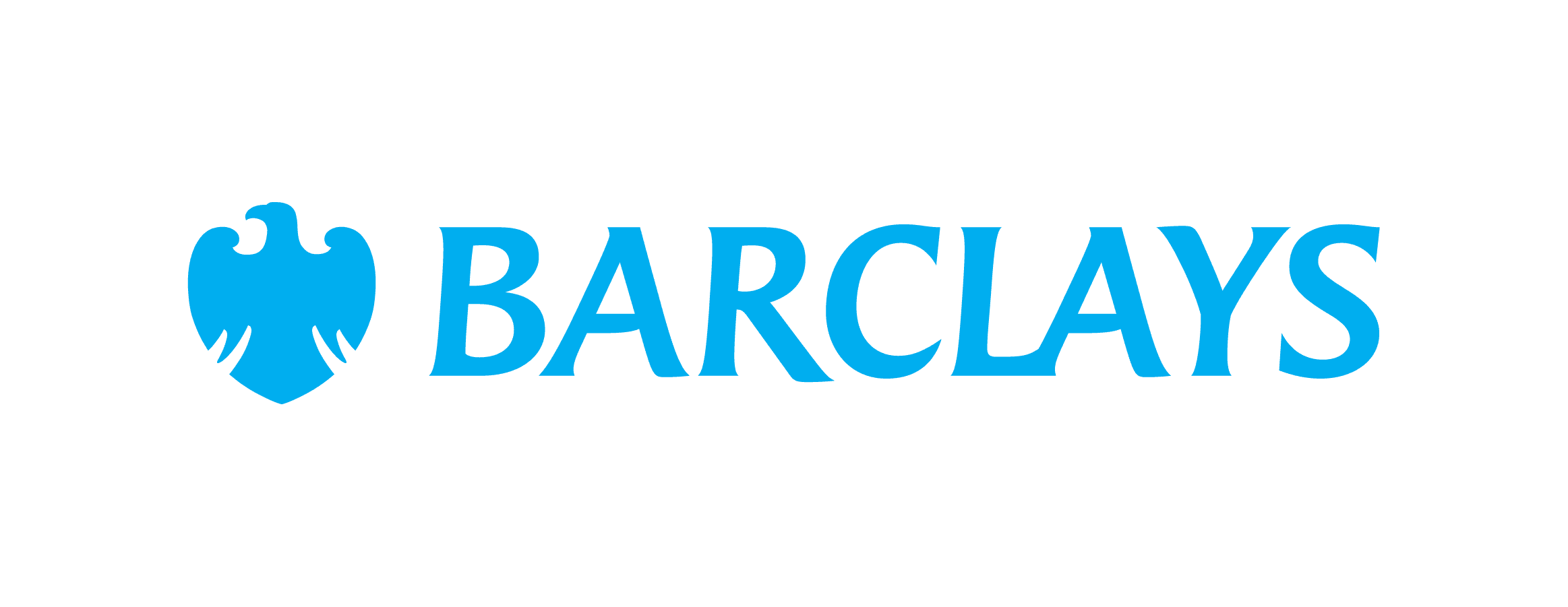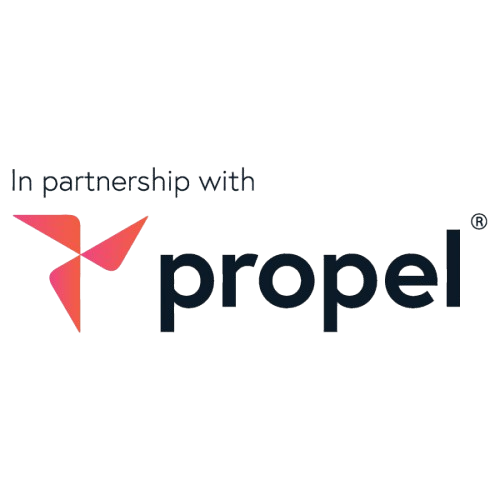
Differences Between Secured And Unsecured Loans
Deciphering Secured vs. Unsecured Business Loans: What UK SMEs Need to Know Navigating the business loans market in the UK can often feel like solving…
We’ve partnered with Barclays to bring your business simple, cost-effective finance for vehicles, equipment, and machinery. Over 900,000 businesses trust Barclays as their partner for growth.


At Simply Business Loans, we’ve partnered with Barclays to offer access to Propel, a specialist asset finance lender.
Whether you’re looking to acquire new vehicles, equipment, or machinery, a hire purchase arrangement allows you to spread the cost over time. If your funds are currently tied up in existing assets, asset refinancing can help release that capital to boost your cashflow. Alternatively, finance leasing gives you the flexibility to access essential equipment and vehicles without the responsibility of ownership.
No large upfront costs
Spread costs over time
Protect working capital & cash flow
Plan budgets confidently
Lending from £5,000 to £2,000,000
Up to 100% asset coverage
1 to 7 year terms, with purchase options
UK based businesses
Trading 2+ years
Most types of business set ups
Hold a positive cash balance.
About this:
Simply Business Loans introduces you to Barclays Bank UK Plc, a credit broker, not lender. Propel acts as a lender for businesses that bank with Barclays. Finance is subject to application, financial circumstances and borrowing history. T&C’s apply. Non Barclays customers introduced directly to Propel.
Barclays Bank UK PLC authorised by the Prudential Regulation Authority and regulated by the Financial Conduct Authority and the Prudential Regulation Authority Registered office: 1 Churchill Place, London E14 5HP. Propel Finance PLC is registered in Wales, Company no 04015132. Propel Finance No. 1 Limited is registered in Wales, Company no 10003271. Registered offices are at Unit 5, Langstone Business Village, Langstone Park, Newport, NP18 2LH. See full terms and conditions
Asset finance loans are a way for UK sole traders and SMEs to get funding by leveraging their business assets. This guide explains asset finance loans, including key features..
Key Features of Asset Finance Loans
Funding Based on Business Assets
Loans are secured against business assets such as machinery, vehicles or equipment. This allows businesses to acquire new equipment, release capital tied up in existing assets or obtain assets without ownership, via leasing.
Main Types of Asset Finance Commonly Used In The UK:
Hire Purchase
Spread the cost of an asset over time with the eventual opportunity of ownership. Often requires a deposit, followed by fixed monthly payments.
Asset Leasing
Allows businesses to use the asset without ownership. Flexible leasing options include finance lease (with an option to buy) and operating lease (short-term use).
Asset Re-finance
Release capital locked in your existing assets to put towards cashflow and working capital.
Sale and Leaseback
Sell an existing asset to a lender and lease it back immediately. This unlocks cash tied up in assets while retaining their use.
Repayment Terms for Asset Finance:
Repayments can be structured over several years, often aligning with the asset’s expected lifespan. This helps manage cash flow more predictably.
Fixed Rate: Keeps repayments predictable with no interest rate fluctuations.
Variable Rate: Interest may change based on market conditions, potentially saving money in low-rate environments.
Common Uses of Asset Finance
Manufacturing and Construction: Ideal for businesses needing expensive machinery and equipment. Enables businesses to spread the cost of assets over time.
Transport and Logistics: Suitable for businesses acquiring new vehicles or fleets. Offers flexible leasing or purchasing options.
IT and Technology Firms: Useful for companies investing in software or IT infrastructure. Helps manage the cost of rapidly depreciating technology.
Growing Businesses: Helps expanding companies acquire new equipment or improve existing assets. Allows growth without a significant upfront capital investment.
Before You Commit
Define: Determine the type of asset required and the amount of financing needed.
Review: Annual percentage rate (APR), fees and terms.
Check: Eligibility Requirements for varying criteria for business size, credit score, and asset value.
Consider: Other options like working capital loans or business lines of credit.
Seek: Professional Advice, consult financial advisors or business mentors to help.
Asset finance loans can help small businesses and SMEs acquire or unlock the value of assets, enabling growth and improving cash flow. Consider different loans, including asset finance and other options, to help you choose the best solution for your business.

Deciphering Secured vs. Unsecured Business Loans: What UK SMEs Need to Know Navigating the business loans market in the UK can often feel like solving…

Navigating the Landscape of UK Business Loans: What You Need to Know As the backbone of the British economy, small to medium-sized enterprises (SMEs) are…

The Key Takeaways The 2024 UK budget was announced on October 30th 2024. It is the first budget of the Labour government in 14 years.…
About This Information
Our articles, guides & reviews are provided as generic information only. Any expressed view, product or service mentioned within these does not constitute as financial advice or recommendation by us.
Be mindful that information may have changed since publication.